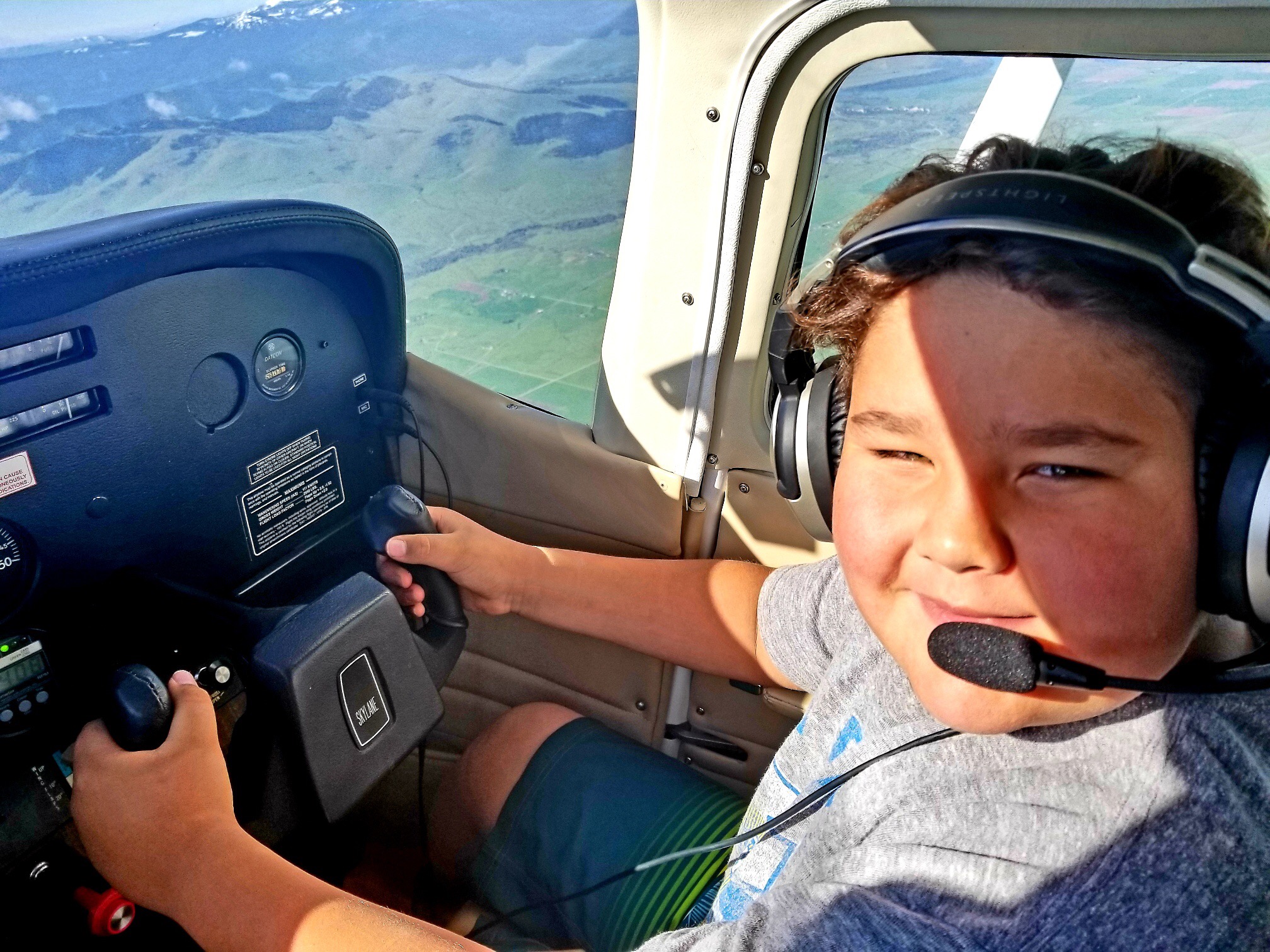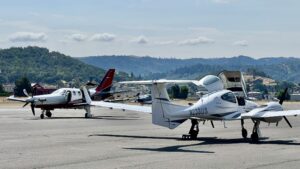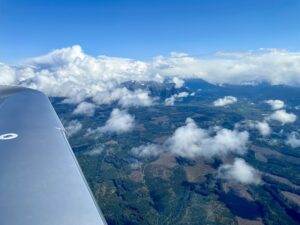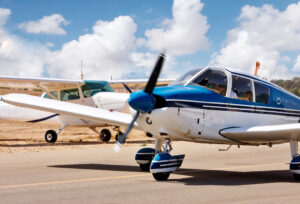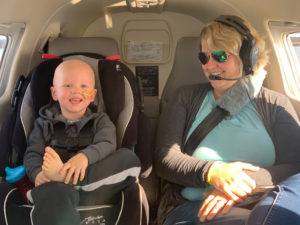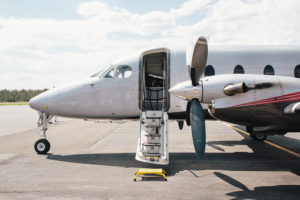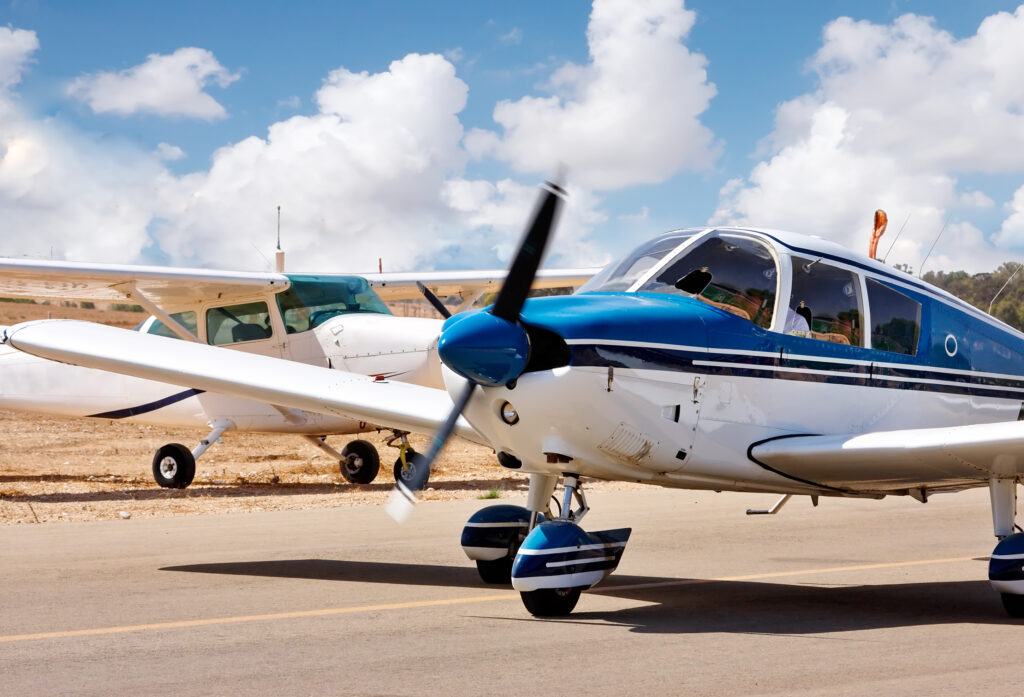
Pleasant greetings and I hope that this report finds you all safe and well.
During my initial introduction, I communicated to you that we all share one common goal: to function in our flying within Safe Operations. That statement serves as a prologue to our safety articles. Thereafter, in our first report (April 2023) we took a deep and detailed dive in the Threat and Error Management model as part of our main theme. As promised during that article, a future report would discuss the process of a thorough debrief, as an epilogue to the entire matter. I also recall that I promised that that article would be far more brief, and I will keep that promise!
During Threat and Error Management (TEM), the complete return to safe operations does not fully occur, unless it’s encapsulated by a debrief. At some commercial organizations a debrief is mandatory and a graded subject during evaluations. Obviously in General Aviation we are not bound by such structure and SOPs. I will simply state, however, that choosing to not self debrief is an opportunity lost. As stated before, a thorough debrief of our performance will enable a true understanding of the root causes of error and mismanaged threats; providing opportunity to improve.
A debrief can also discover and highlight Normalization of Deviation occurrences, as well as Intentional, or Unintentional non Compliance to FARs, procedures, etc. Let’s review the above mentioned subjects from the April article:
Intentional Non-Compliance (INC) Impact on TEM Performance
Intentional non-compliance is the willful decision to operate outside established standard operating procedures and/or governing regulations. Acts of INC are related to subsequent pilot errors and mismanaged threats relative to safe operations. According to Line Operations Safety Audit (LOSA) industry data, intentionally non-compliant flight crews and pilots are far more likely to commit errors. LOSA refers to errors caused by INC as “intentional non-compliance errors.” When INC becomes habitual in the absence of consequences, Normalization of Deviation is established as an alternative to compliance. This creates opportunity for exponentially more errors, and a growing systemic threat to safe operations. The best defense against intentional non-compliance is holding one’s self and each other accountable to the established standard operating policies and procedures. Food for thought: how many of us conduct checklists, or navigation programming while taxiing? Or skip the run-up on the last flight home with no passengers? Are we engaging in INC and therefore normalizing it? Take a hard look at your practices and make the decision to err on the side of safety.
So, how should we debrief? I will share a process which I find effective, expeditious and simple. If we have a long flight we can conduct the first portion (preflight to cruise phases) during cruise, when our workload is low and perform the debrief of the remaining phases of flight after the conclusion of the flight. Or we can conduct all of it at the end of the flight. The debrief should always include our performance in managing threats and/or errors. The debriefing should include what went well during the flight and why, as well as what could have gone better and why:
1. What went well? WHY?
As pilots we are usually rather good, sometimes too good in self critiquing, on occasion to a fault. Make it a point to always start your debrief with the positive aspects of the flight. That way we can self encourage our behavior, highlight all positive aspects, so as to reinforce repeat performance in the future. It is even more critical however, to focus on the WHY. Was it checklist discipline, threat preparation, error repair, workload management? Be relentless in finding the WHY.
2. What could have gone better? WHY?
Apply the same principles as above and continue to be relentless, especially in the WHY? Same questions apply: checklist discipline, threat preparation, error repair, workload management, communication, aircraft/engine/automation management, just to name a few. Remember, errors are not necessarily a failure, but really an opportunity to improve.
3. What will I do next time?
Common sense applies here. What will I do next time to continue doing the things that I did well and what skills will I apply to prevent the reoccurrence of errors that I made and outcomes that were not desirable.
I have used this process for a very long time and it has been instrumental in helping me highlight what I do well, but far more importantly in bringing my errors to light and reducing the likelihood of reoccurrence. Specifically, one issue that I was able to highlight during my debriefs, while conducting Angel Flights, was the subject of passenger distractions. I have had folks innocently trying to have a conversation with me during the takeoff roll! My debriefing highlighted that threat and it has led me to conduct a more thorough and articulate passenger pre-departure briefing regarding sterile cockpit procedures.
I have said and will continue to always say: I have yet to fly the perfect flight and intellectually I know that I never will. This process however, moves me closer to that goal and I’ll take that elusive “victory” any day. If you are not already doing so, seriously consider adding this process to your flying and make it your standard operating procedure.
I would still very much like to hear from you all, regarding Threats you face and how you use a debrief to mitigate them and potential Errors.
Thank you for your time,
In safety,
Alexi Stavropoulos


